 Abraham Lincoln
If given the truth, the people can be depended upon to meet any national crisis...
Abraham Lincoln
If given the truth, the people can be depended upon to meet any national crisis...
 Guildford news...
for Guildford people, brought to you by Guildford reporters - Guildford's own news service
Guildford news...
for Guildford people, brought to you by Guildford reporters - Guildford's own news service
Birdwatcher’s Diary No.316
Published on: 18 Nov, 2024
Updated on: 18 Nov, 2024
By Malcolm Fincham
Although weather conditions remained mostly dry as we moved into the first weeks of November, it could only be best described as Dreich.
High pressure continued to hold its anticyclonic dank gloom over the UK over 10 consecutive days. On occasions not even producing enough energy to make my decorative solar lights outside my back door to shine as darkness fell.
For the most part daytime temperatures without sunshine only rose to low double figures, although night-time temperatures didn’t drop any lower than high single figures due the blanket of gloomy cloud cover keeping any warmth beneath it. Thus keeping average temperatures for the time of year above the norm. Strange days indeed!
Struggling to obtain photos beyond monochrome, or at the best early versions of technicolour, was becoming quite an achievement as I attempted to keep up with my sightings.
On November 3, a lone female bearded reedling (formerly known as bearded tit) was reported at St Catherine’s water meadows in Shalford.
Rarely seen in Surrey, it stayed among the reedbeds for several days allowing several other observers to locate it. My only previous sighting in Surrey being a small group, well over a decade ago at Tice’s Meadow.
While present, a kestrel flew overhead and perched up in a dead tree beside the river.
Several wrens flitted about calling among the reedbeds. The only other notable sound was that of a water rail that remained out of view deep within the reedbeds making its ‘squealing pig’ sounds.
On November 4, and once again back in the company of Bob and Dougal, I found myself off to see another rarity. This time a Lapland bunting had been reported earlier in the day at Staines Reservoir.
Confidingly, it was spending its time feeding at the far eastern end of the causeway, staying for several days thereafter, allowing many observers to view and photograph it.
This indeed was a rare and pleasant sighting for me, having last seen one on my trip to the Isles of Scilly in October 2020.
Another report we followed up on a few days later, was of four red crested pochard that had made an appearance at Papercourt gravel pits / sailing lake for several days during the first week of November.
In the company of Bob and Dougal we decided to pay them a visit.
Red-crested pochards are naturally found from southern and central Europe and across central Asia. Its attractive appearance however has made it a popular bird in wildfowl collections in the UK.
Over the years, like mandarin ducks, red-crested pochards have escaped from collections and nested in the wild, leading to a relatively small, but established population in England.
It’s possible that some of the red-crested pochards seen in the UK, particularly in south-east England, have arrived from continental Europe.
Over the last century, the European population has spread north into the Netherlands and Germany. They are migratory, flying between breeding grounds and wintering sites.
Within the UK, winter population are estimated to be around 600 individuals.
A few, more commonly, wintering common pochards could also be viewed while there.
On November 9 we visited Unstead Sewage Farm, near Godalming.
Although light conditions remained subdued, we were able to attain some rather confiding views of not just one, but two water rails.
Also enabling me to achieve a shot of one beside a moorhen allowing a good opportunity show their size comparison.
At Worplesdon churchyard during the first weeks of November the depletion of berries from the yew trees continued.
Although continuing to be secretive in their presence, small groups of redwings continued to arrive. And with the need of patience in my observations a few eventually gave themselves up to my camera lens.
A mistle thrush also made an appearance, first perching up in one of the trees bordering the churchyard, then diving deep within the dense cover of a yew tree.
The sound of a fieldfare could be heard, eventually getting my first sighting of one this autumn.
The sound of nuthatches continued about the grounds.
And a few greenfinches with their presence.
A firecrest allowed me a few photos.
While a goldcrest made an appearance.
And a green woodpecker perched up in one of the trees bordering the churchyard.
A few brief moments of blue sky allowed some slight improvements in several of the photos I achieved, only to see grey clouds return, which continued to the middle of the month.
On Whitmoor Common I was able to add a few photos of redwings, one already seen feeding on the ripening holly berries.
A great spotted woodpecker could be viewed perched up out on the heathland.
And several very vocal jays could be heard and viewed calling and responding to each other, as if in conversation.
A red kite flew low across the heathland checking the area for carrion.
A Dartford warbler briefly made an appearance before disappearing back into the heather.
While in the old horse paddock a large lone parasol mushroom could be found flourishing in the atmospheric conditions.
Across the field several roe deer could be viewed grazing.
And a few green woodpeckers could be picked out feeding in the grassland.
Responses to Birdwatcher’s Diary No.316
Leave a Comment Cancel reply
Please see our comments policy. All comments are moderated and may take time to appear. Full names, or at least initial and surname, must be given.Recent Articles
- Fake News To Be Examined at the Guildford Institute
- Updated: Crop Fire Destroys Wheat Field on the Slopes of the Hog’s Back Near Guildford
- Update: Roadworks Planned for Portsmouth Road Postponed
- Guildford Students’ Artwork on Display at the National Gallery
- Thames Water Announce Hosepipe Ban – But Not for Guildford
- Letter: Normandy Proposal Needs A Proper Services Audit
- Notice: Free Bereavement Support Programme
- Normandy Housing Plan Reignites Concerns Over ‘Damage To Our Community’
- Letter: The Class of 1955 Meets 70 Years On.
- Highways Bulletin: Reimagining Parking with Green Design



Recent Comments
- Graham Vickery on Letter: Local Government Reorganisation Consultations Are Too Little, Too Late
- Peta Malthouse on Normandy Housing Plan Reignites Concerns Over ‘Damage To Our Community’
- Richard Cooke on Letter: Snail-paced Progress for Full Weir Repair
- Bethan Moore on Guildford’s First “Bike Bus”
- Andy Friend-Smith on Guildford’s First “Bike Bus”
- Peter Mills on Guildford’s First “Bike Bus”
Search in Site
Media Gallery
Dragon Interview: Local Artist Leaves Her Mark At One of England’s Most Historic Buildings
January 21, 2023 / No Comment / Read MoreDragon Interview: Lib Dem Planning Chair: ‘Current Policy Doesn’t Work for Local People’
January 19, 2023 / No Comment / Read MoreA3 Tunnel in Guildford ‘Necessary’ for New Homes, Says Guildford’s MP
January 10, 2023 / No Comment / Read More‘Madness’ for London Road Scheme to Go Ahead Against ‘Huge Opposition’, Says SCC Leader
January 6, 2023 / No Comment / Read MoreCouncillor’s Son Starts Campaign for More Consultation on North Street Plan
December 30, 2022 / No Comment / Read MoreCounty Council Climbs Down Over London Road Works – Further ‘Engagement’ Period Announced
December 14, 2022 / No Comment / Read MoreDragon Interview: GBC Reaction to the Government’s Expected Decision to Relax Housing Targets
December 7, 2022 / No Comment / Read MoreHow Can Our Town Centre Businesses Recover? Watch the Shop Front Debate
May 18, 2020 / No Comment / Read More



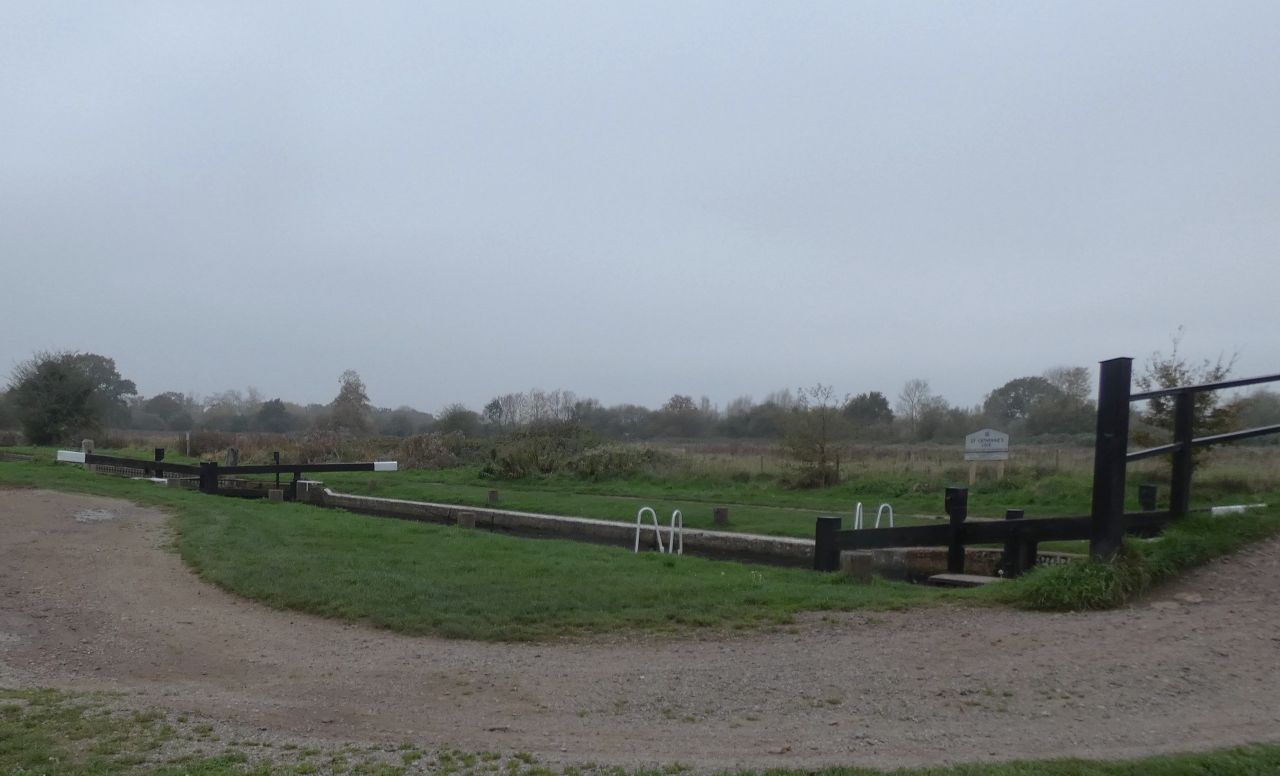
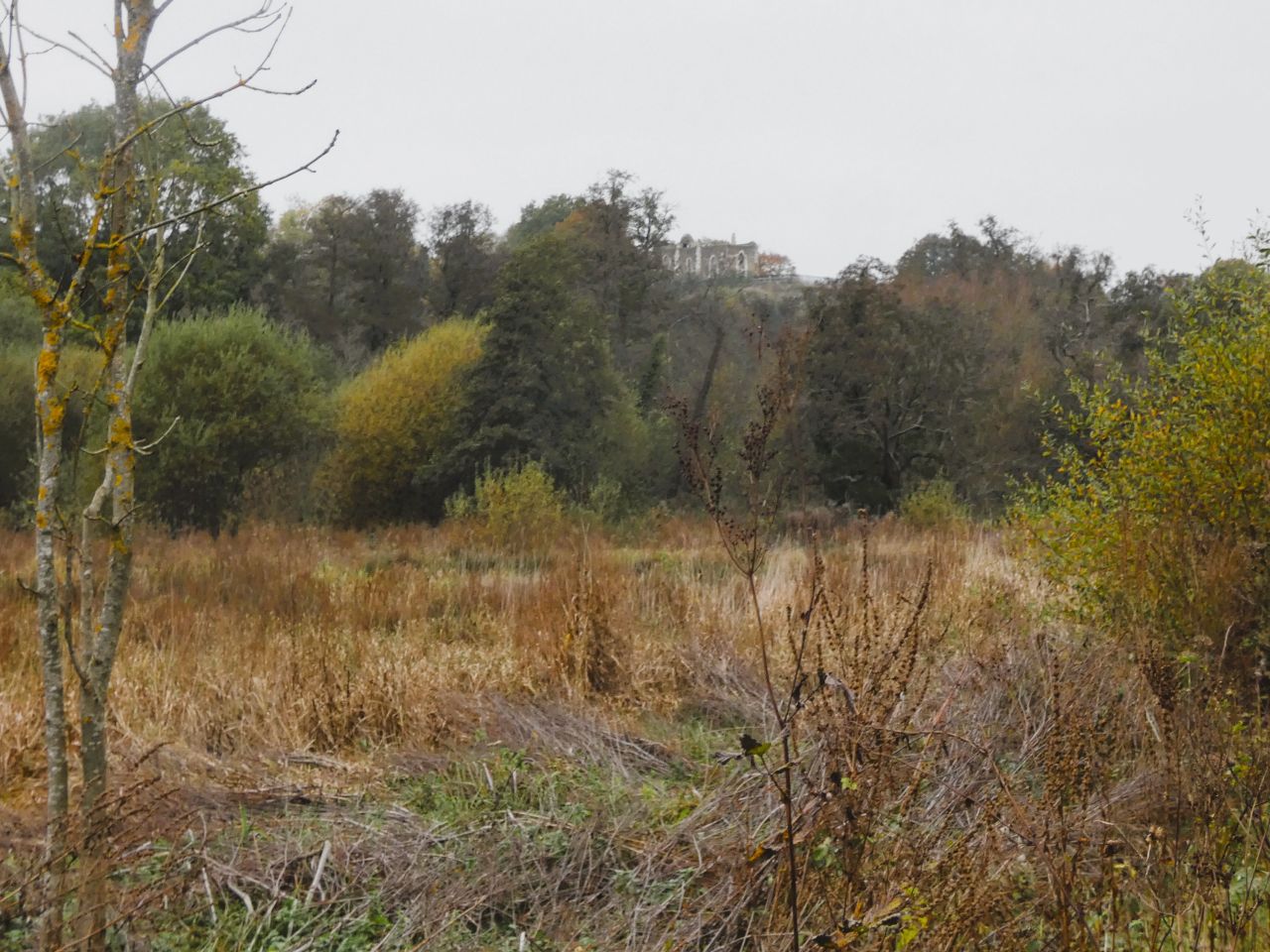

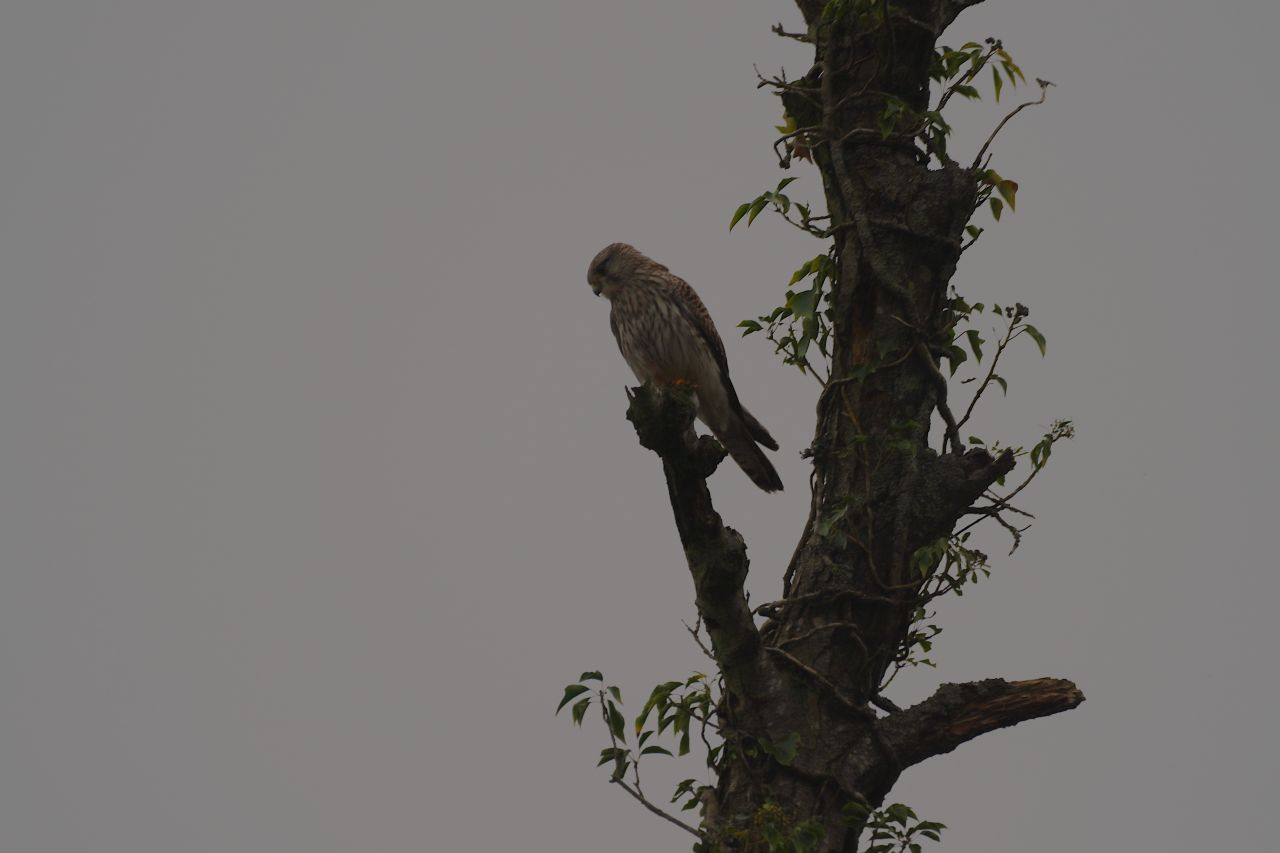
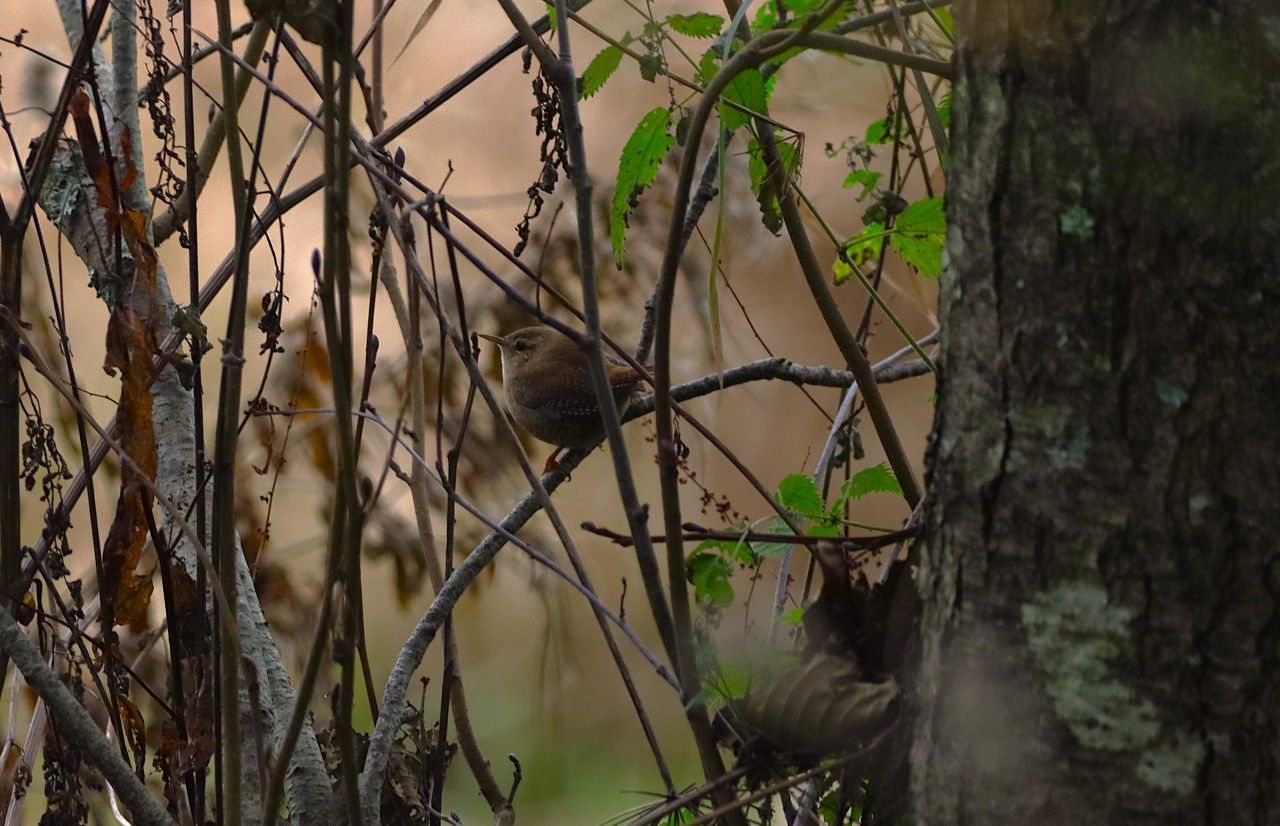
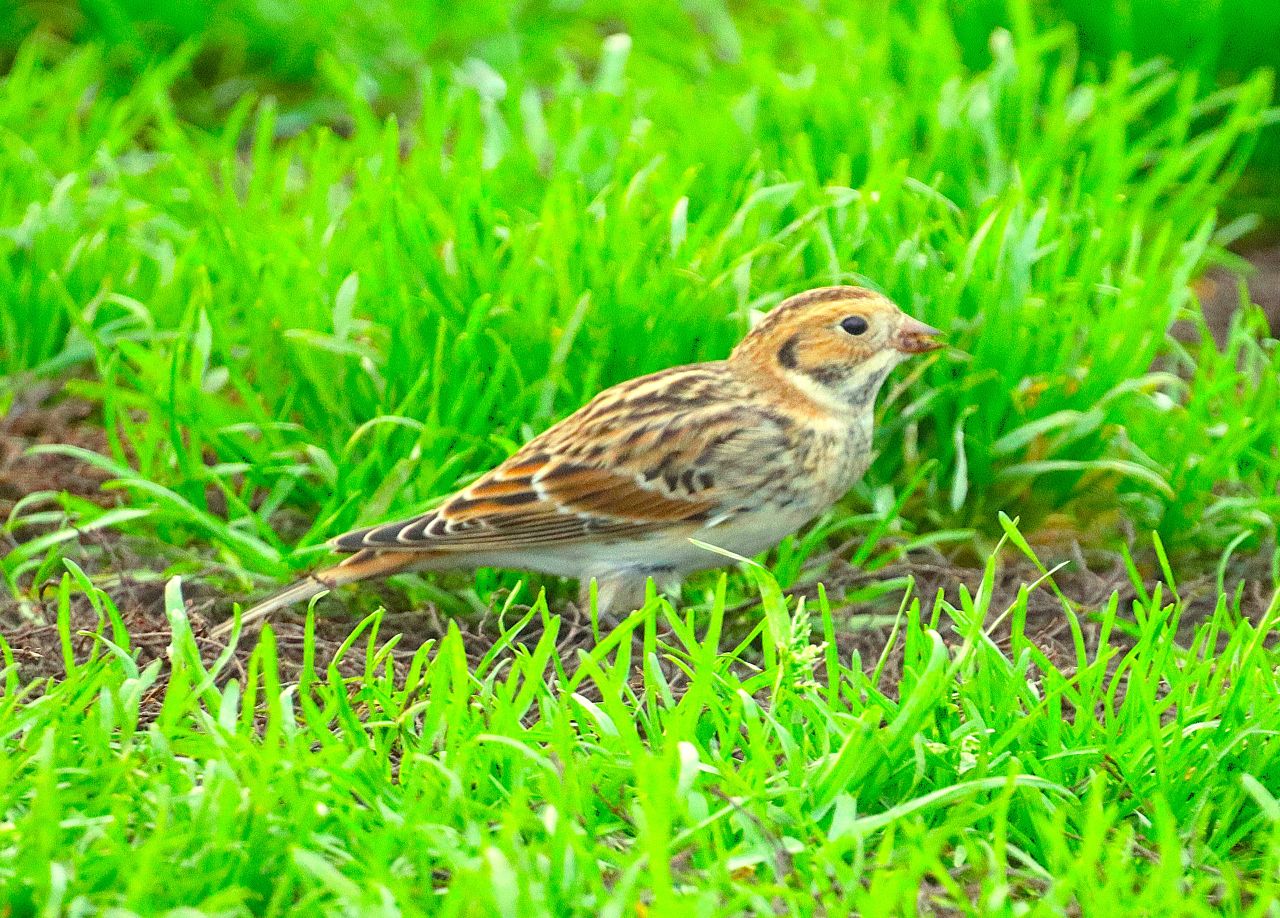
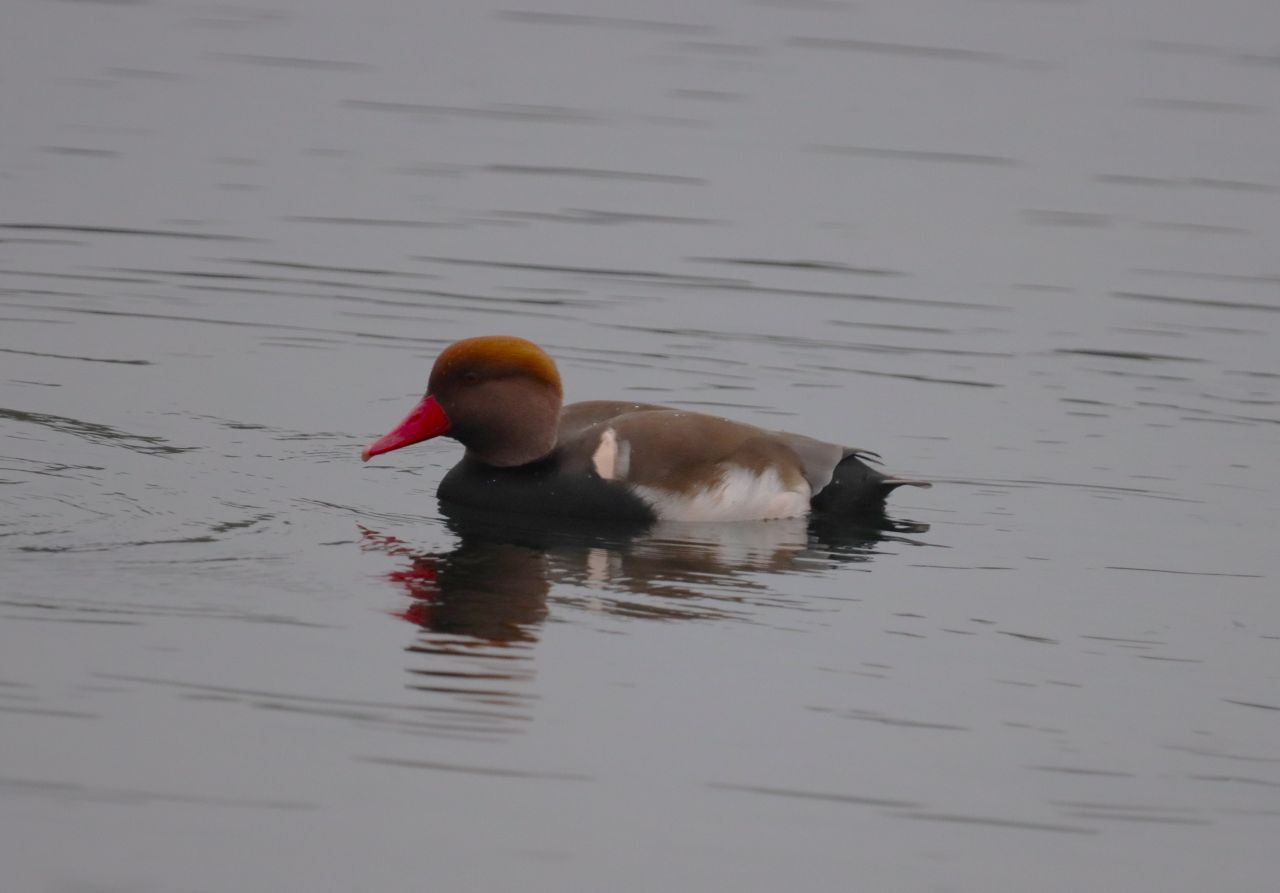

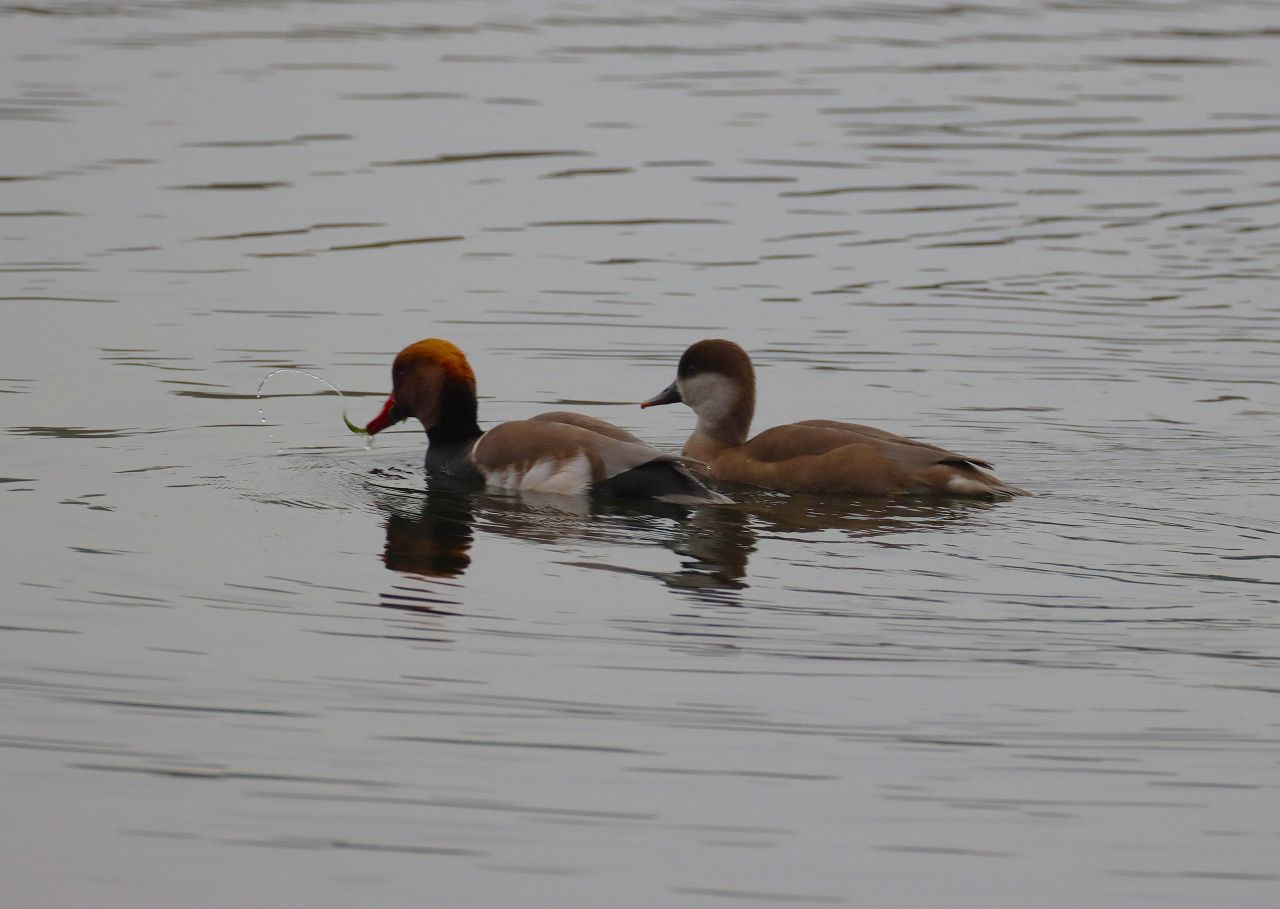


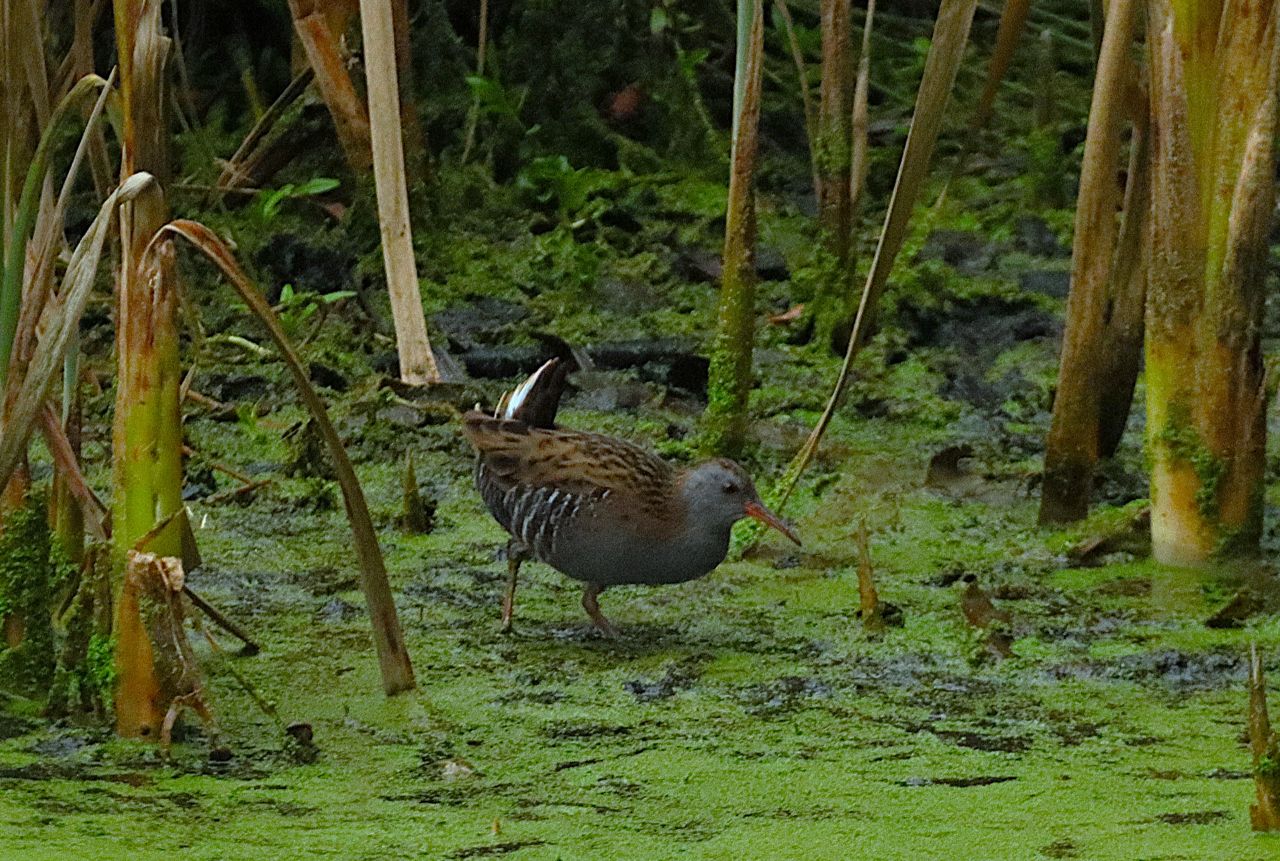

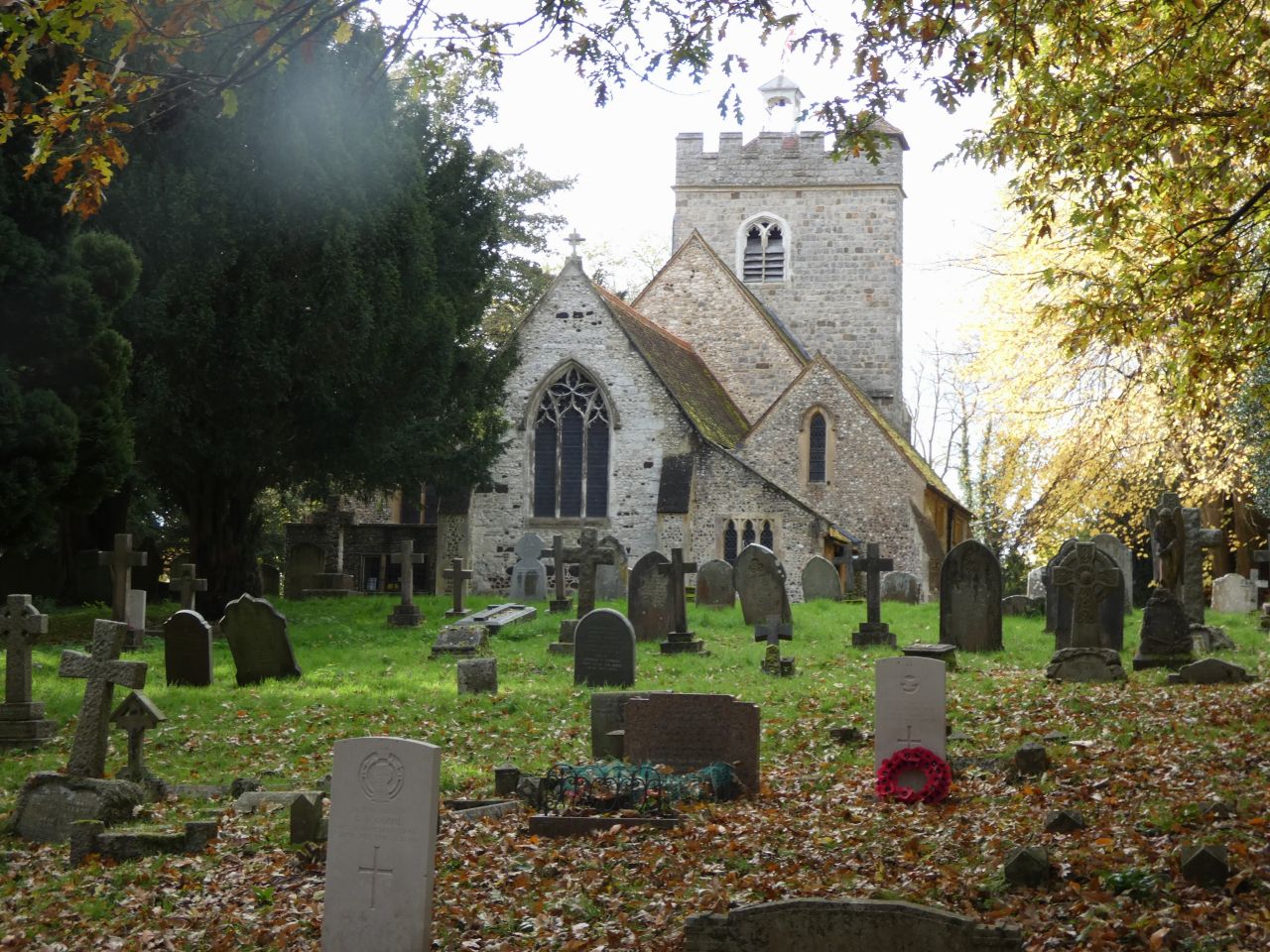

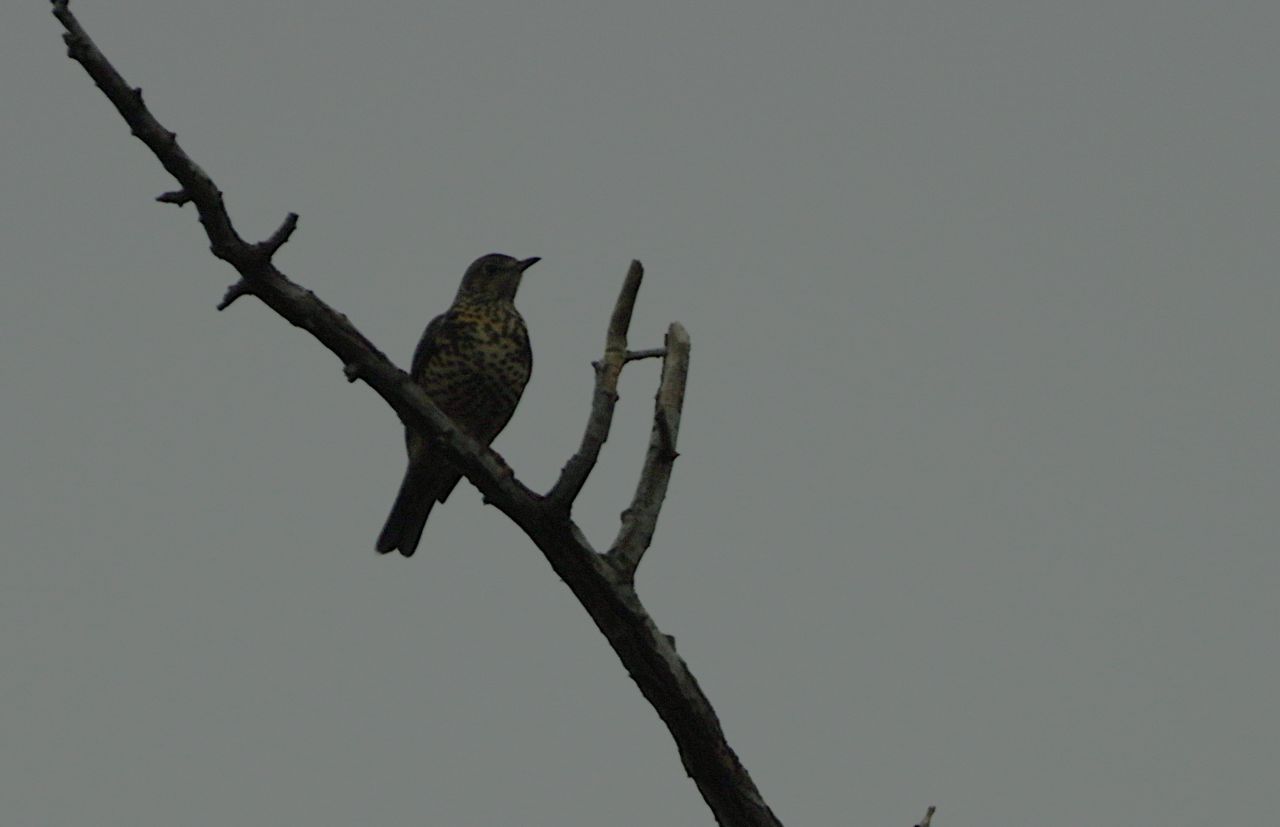
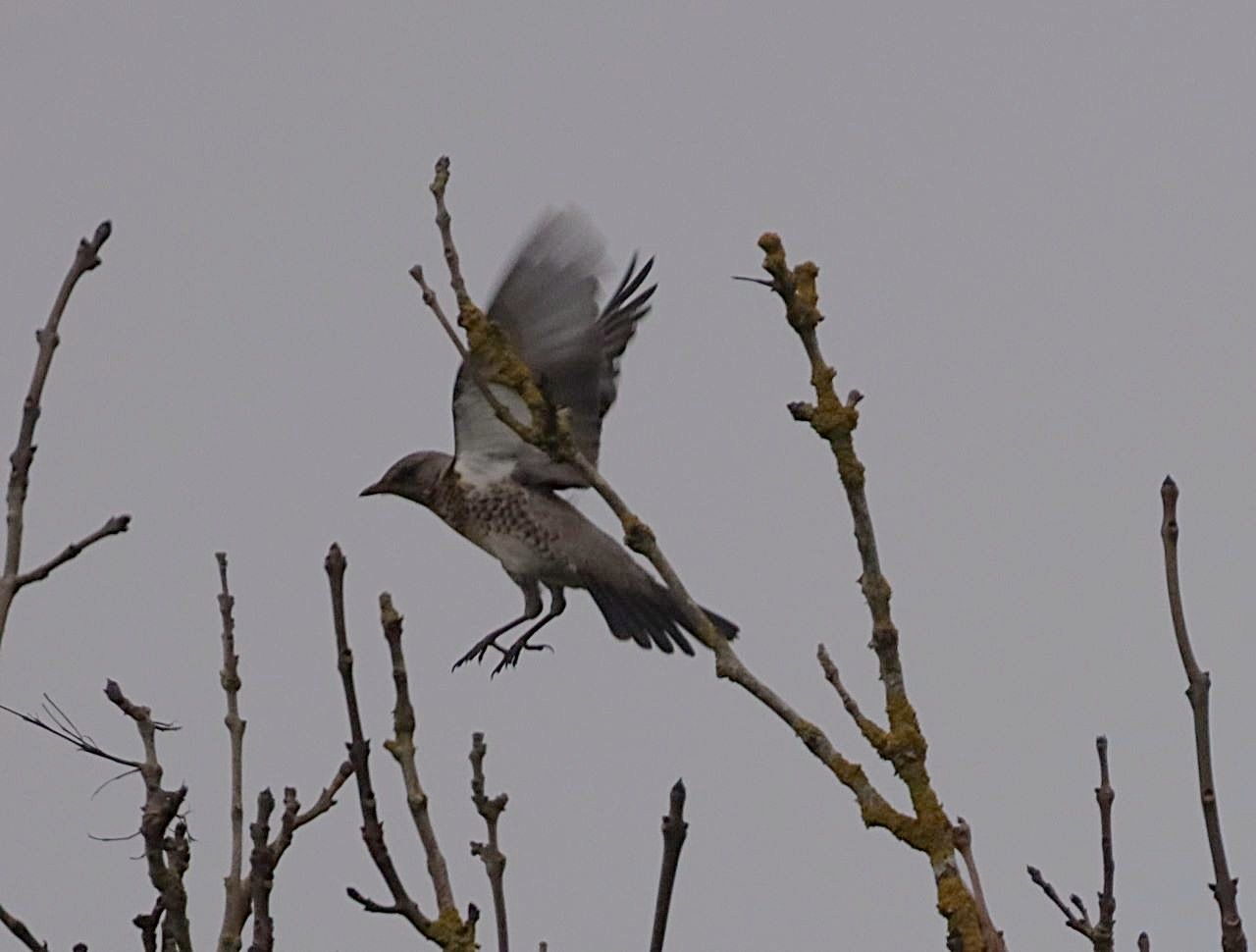
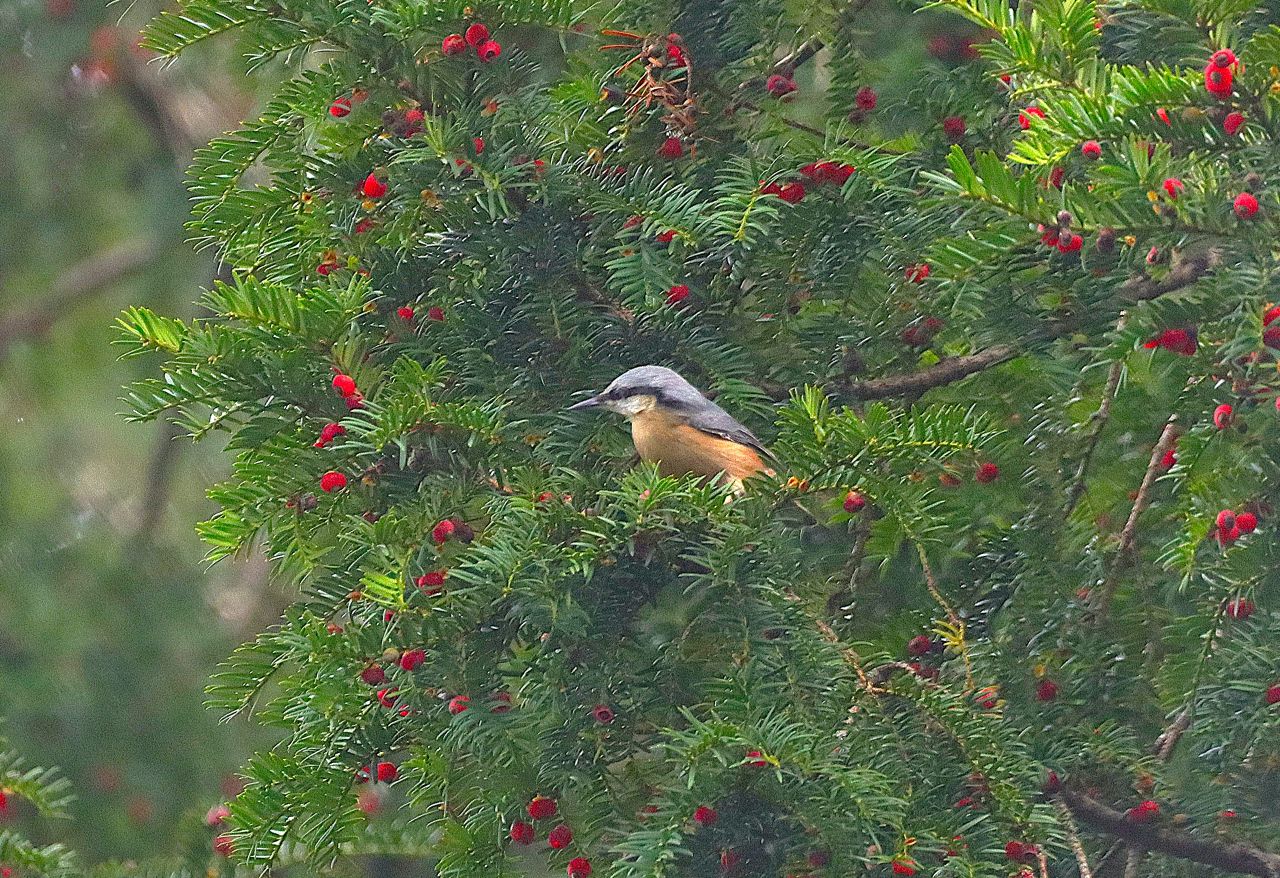
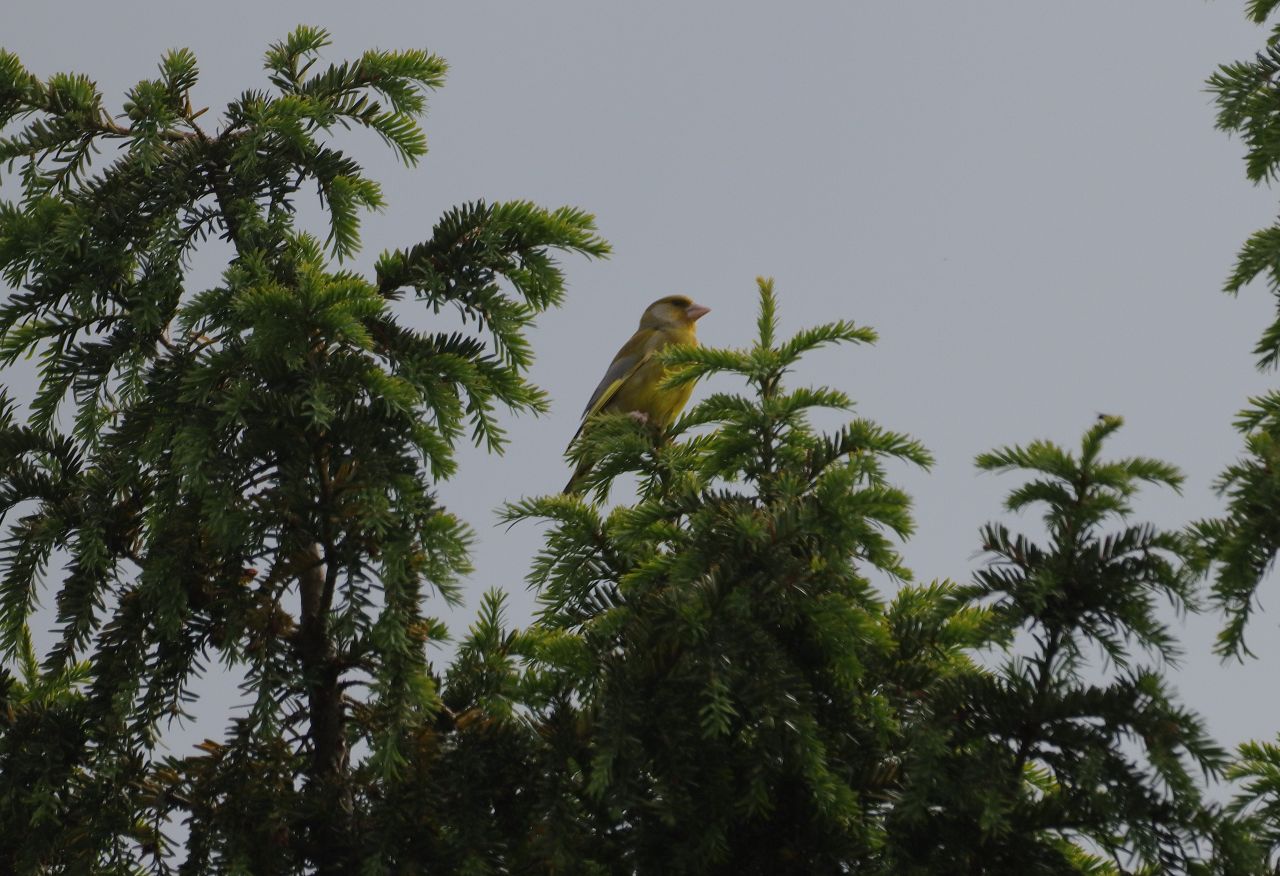
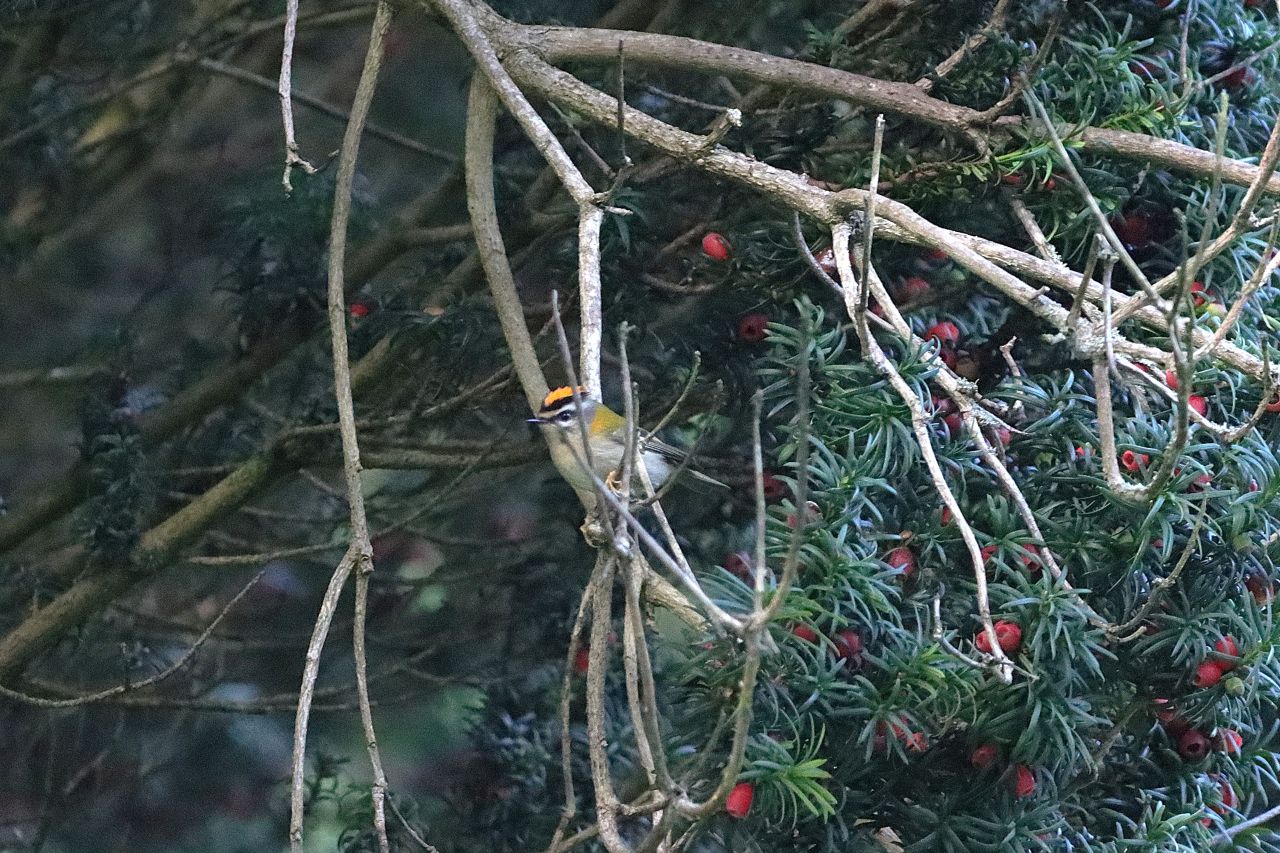
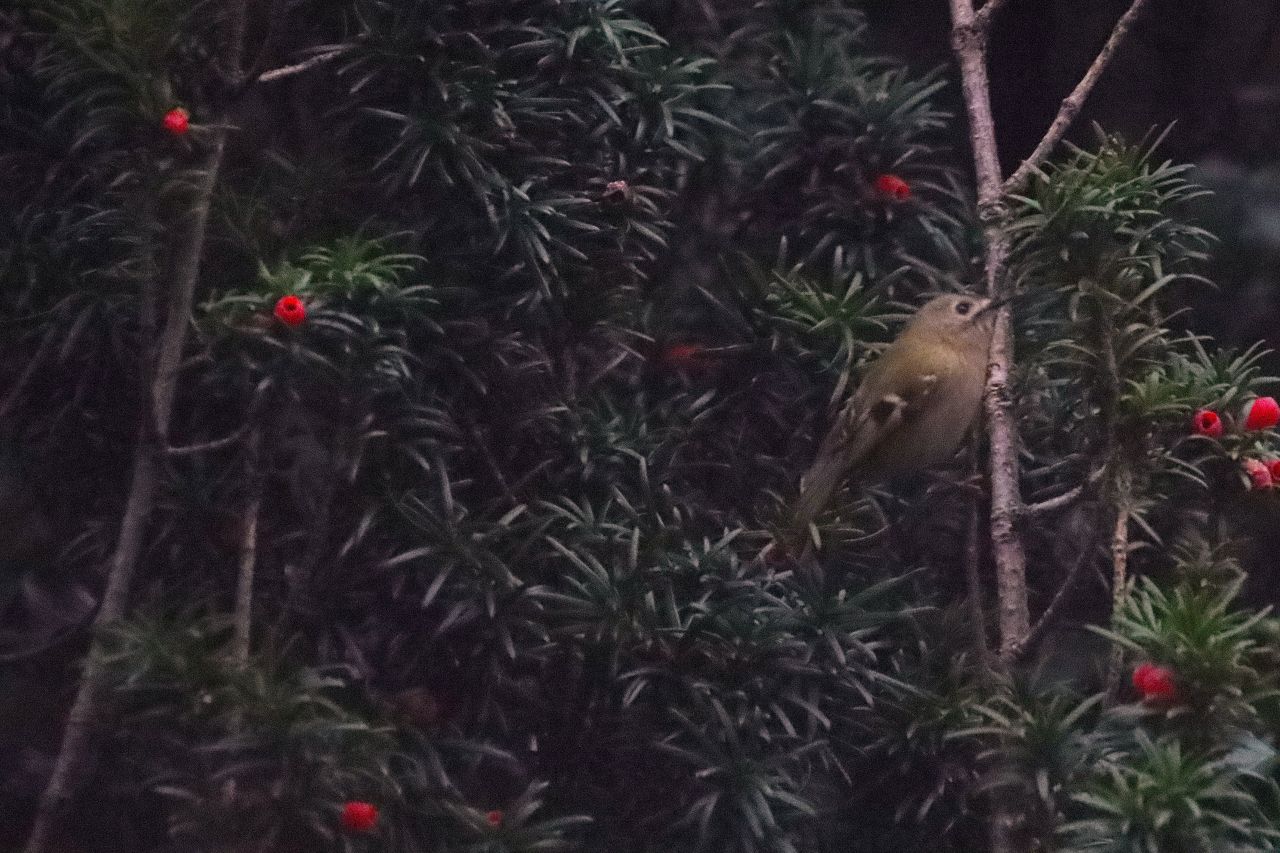
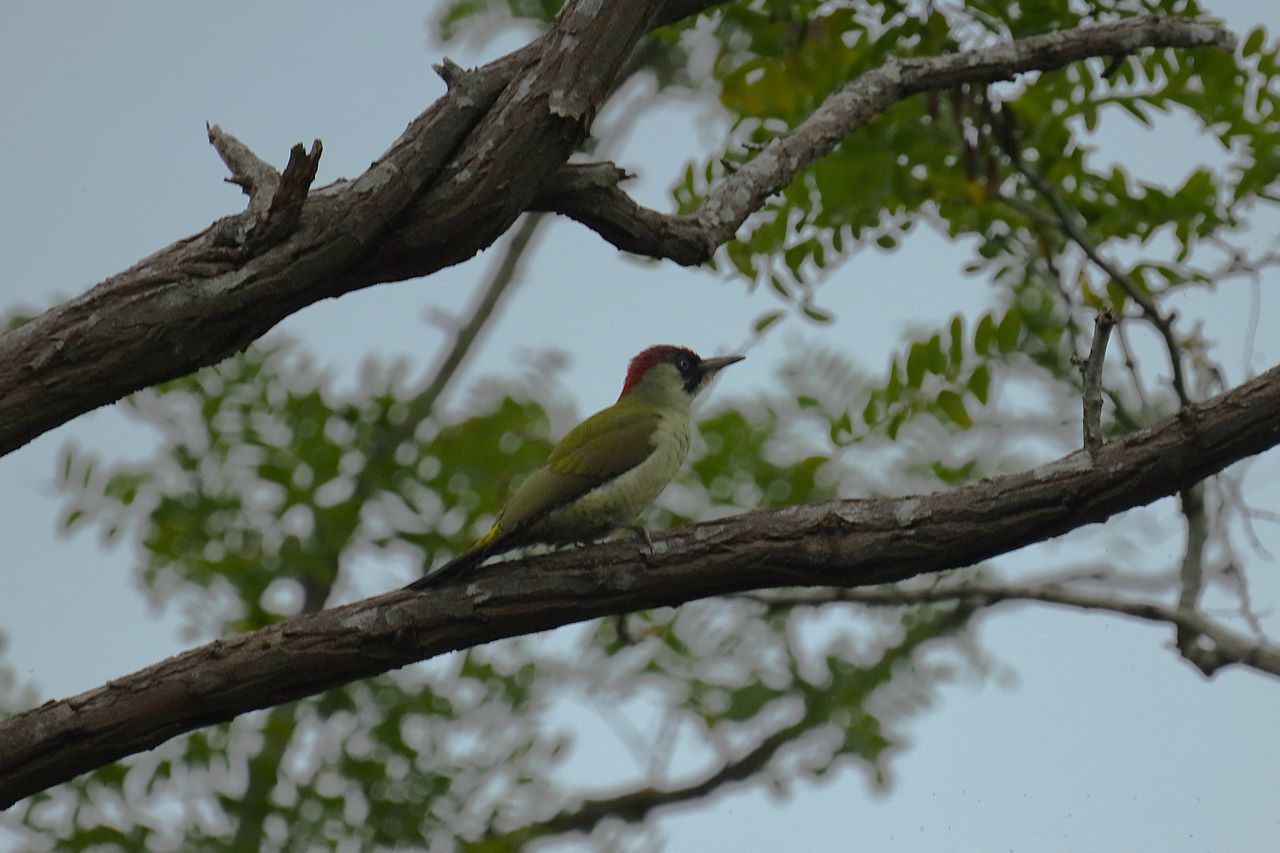
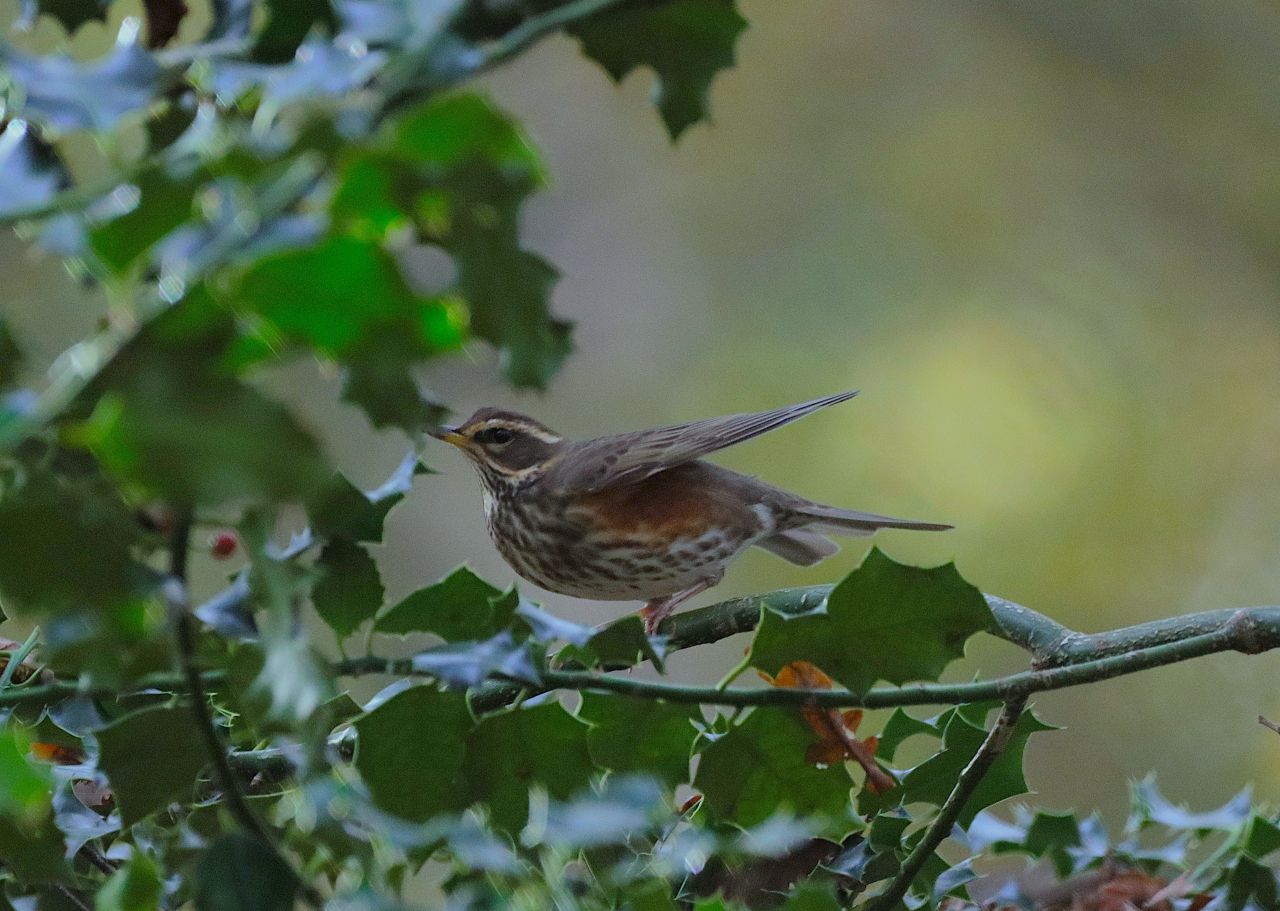
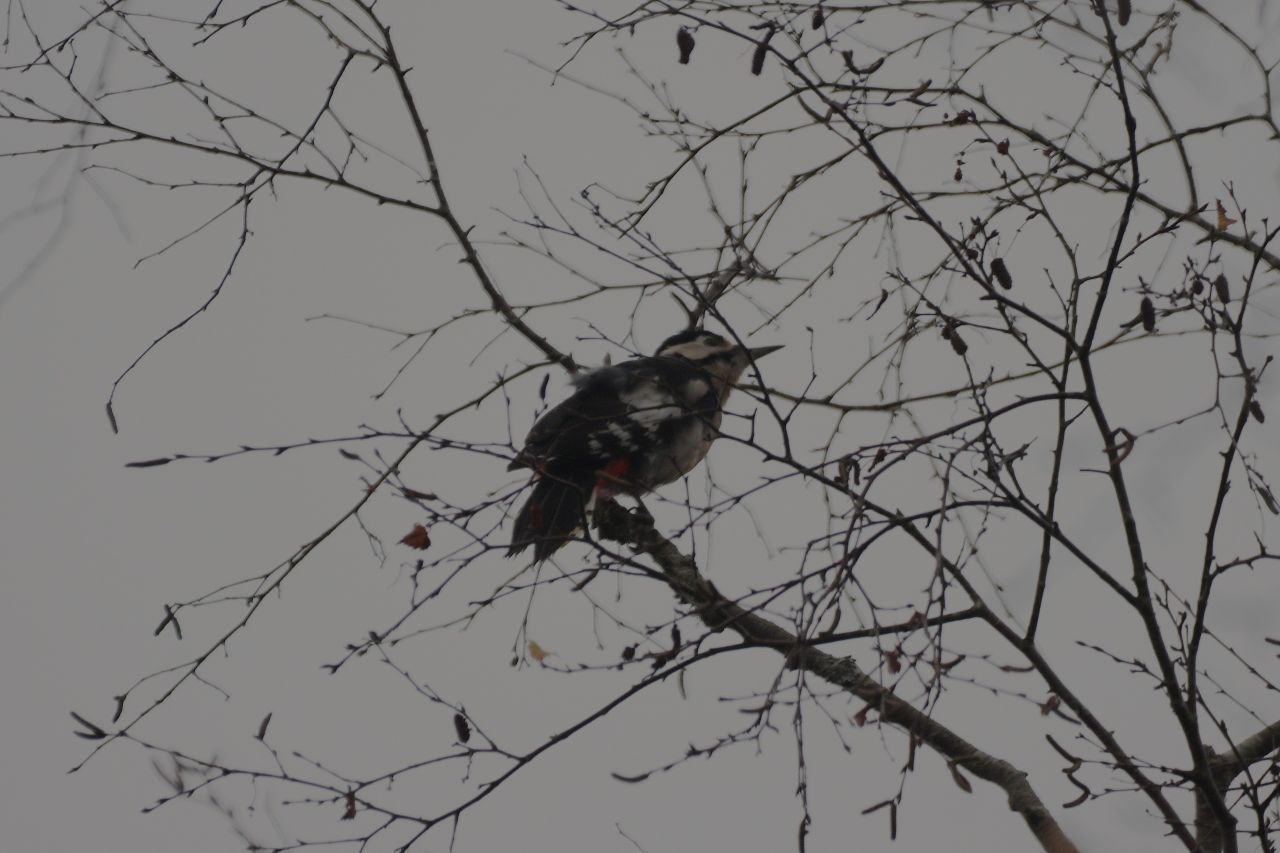
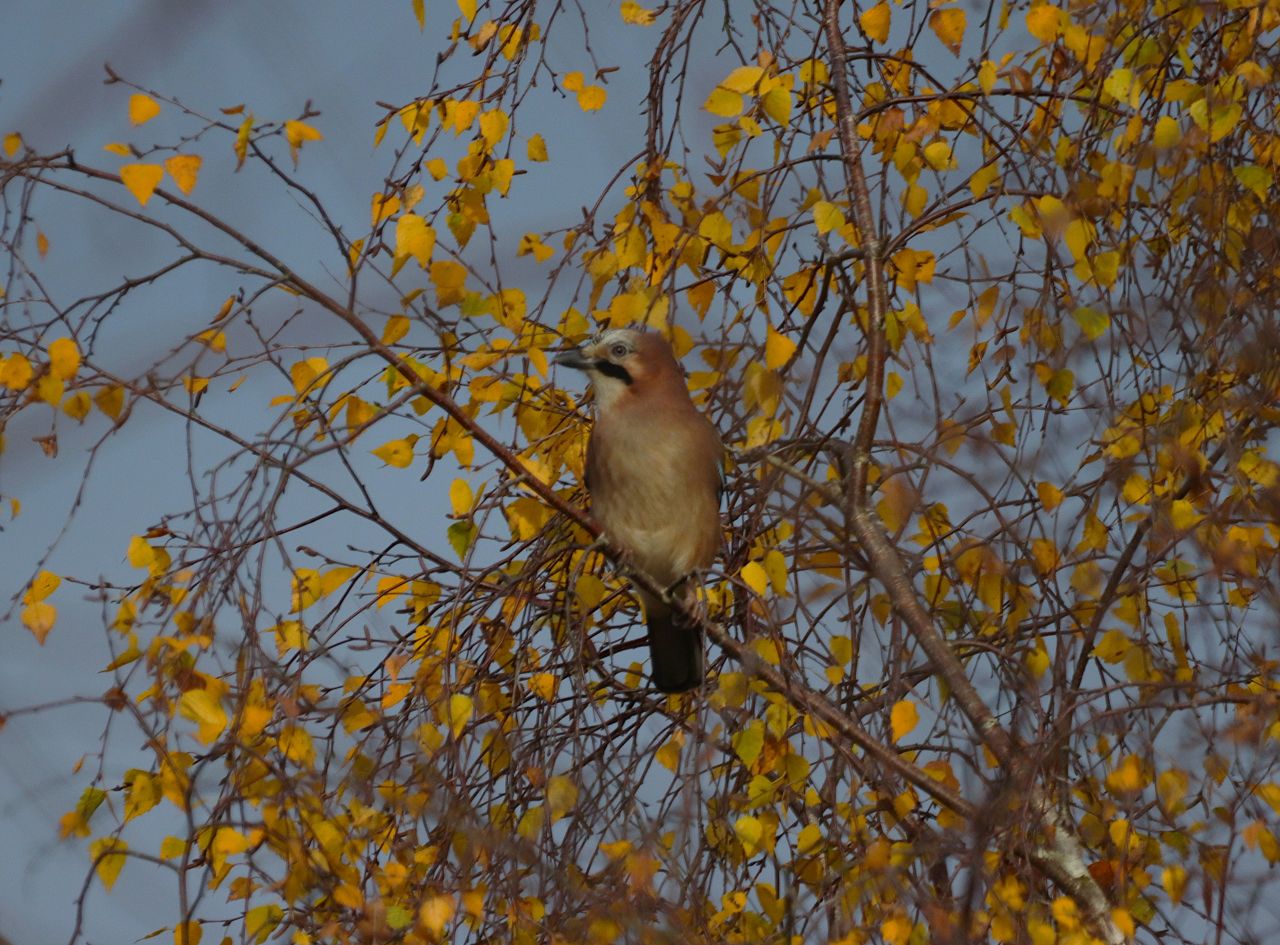
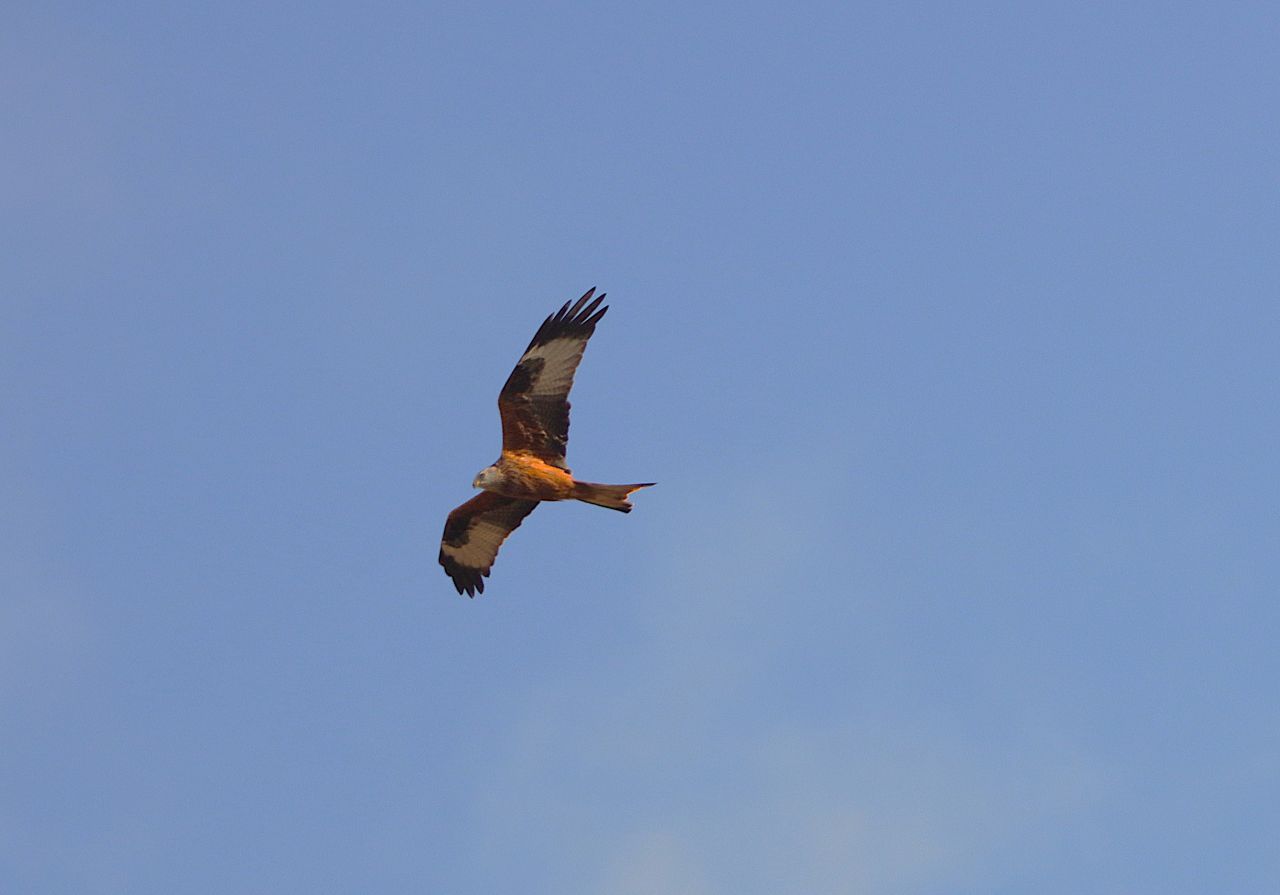
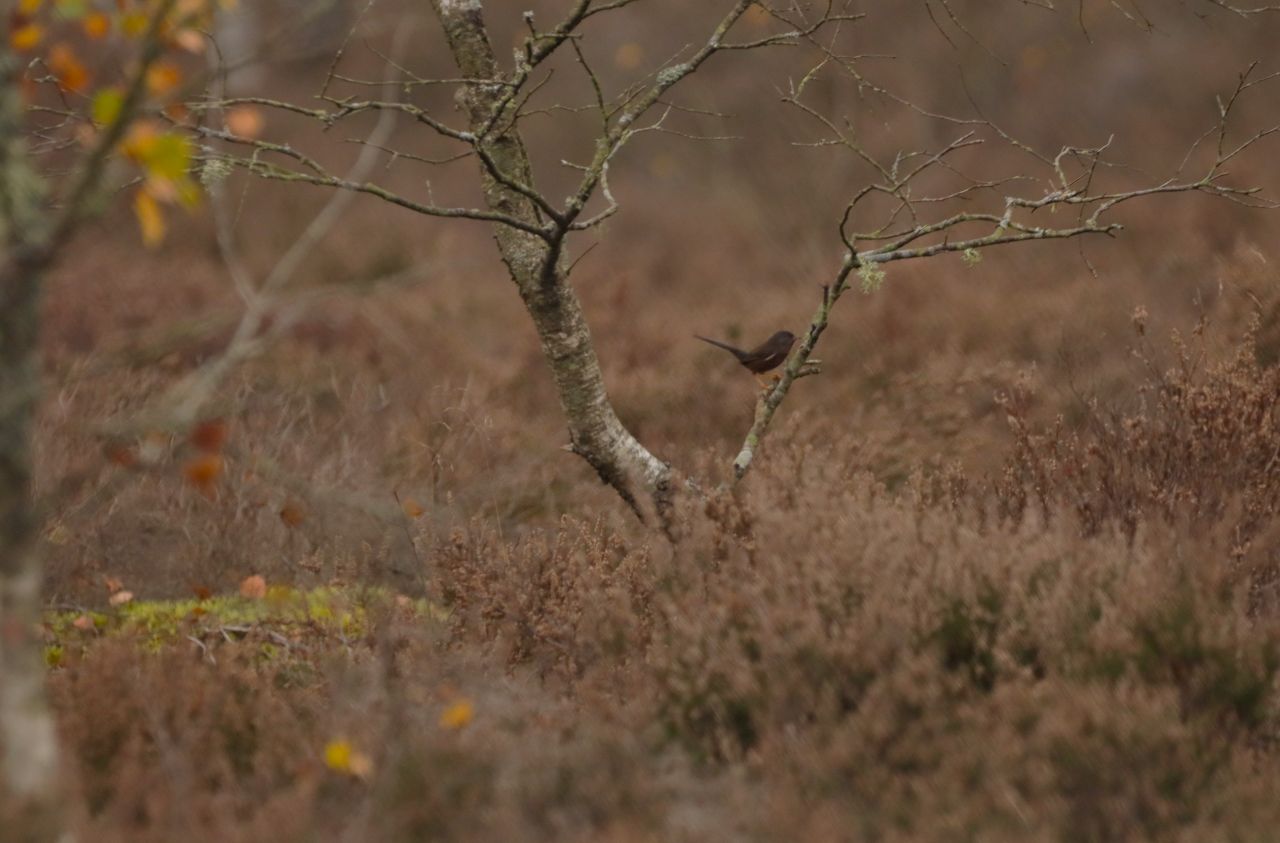
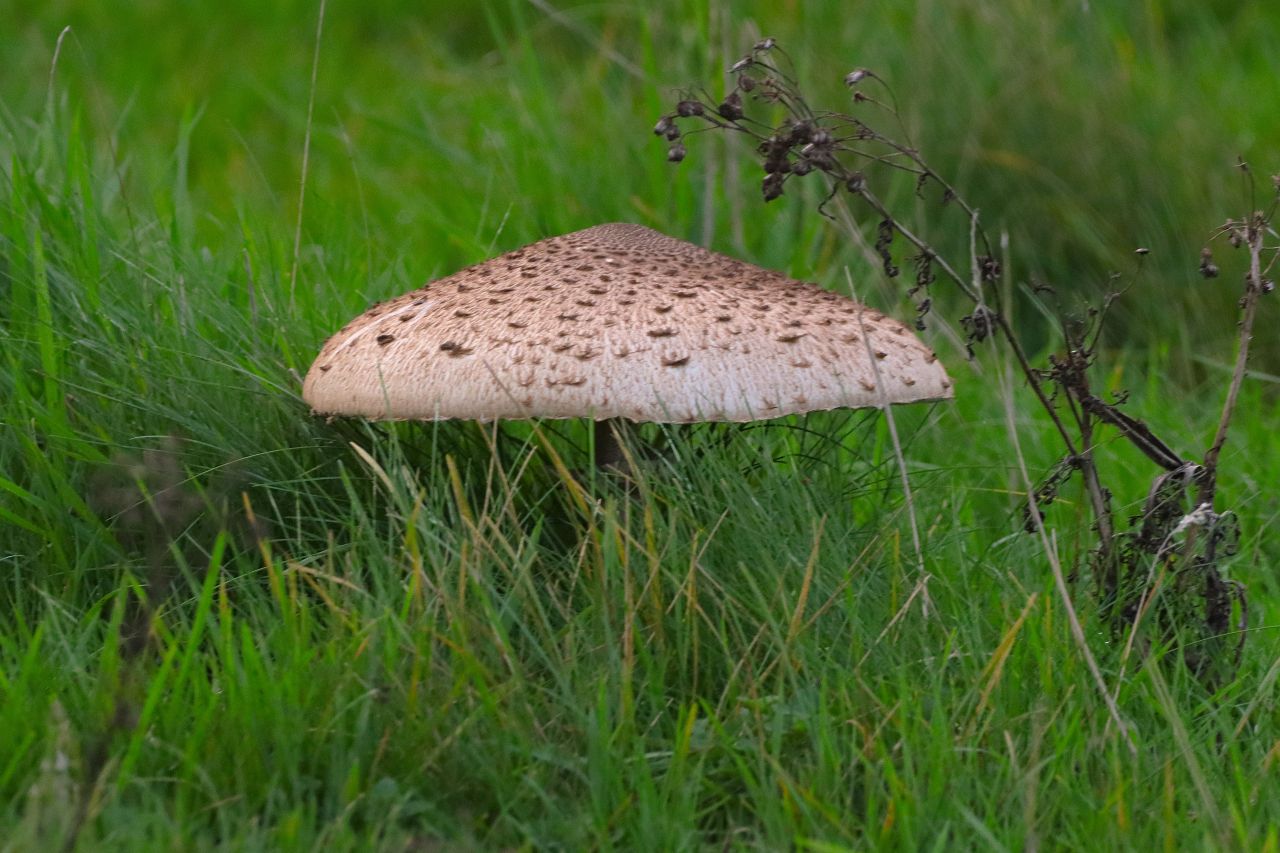
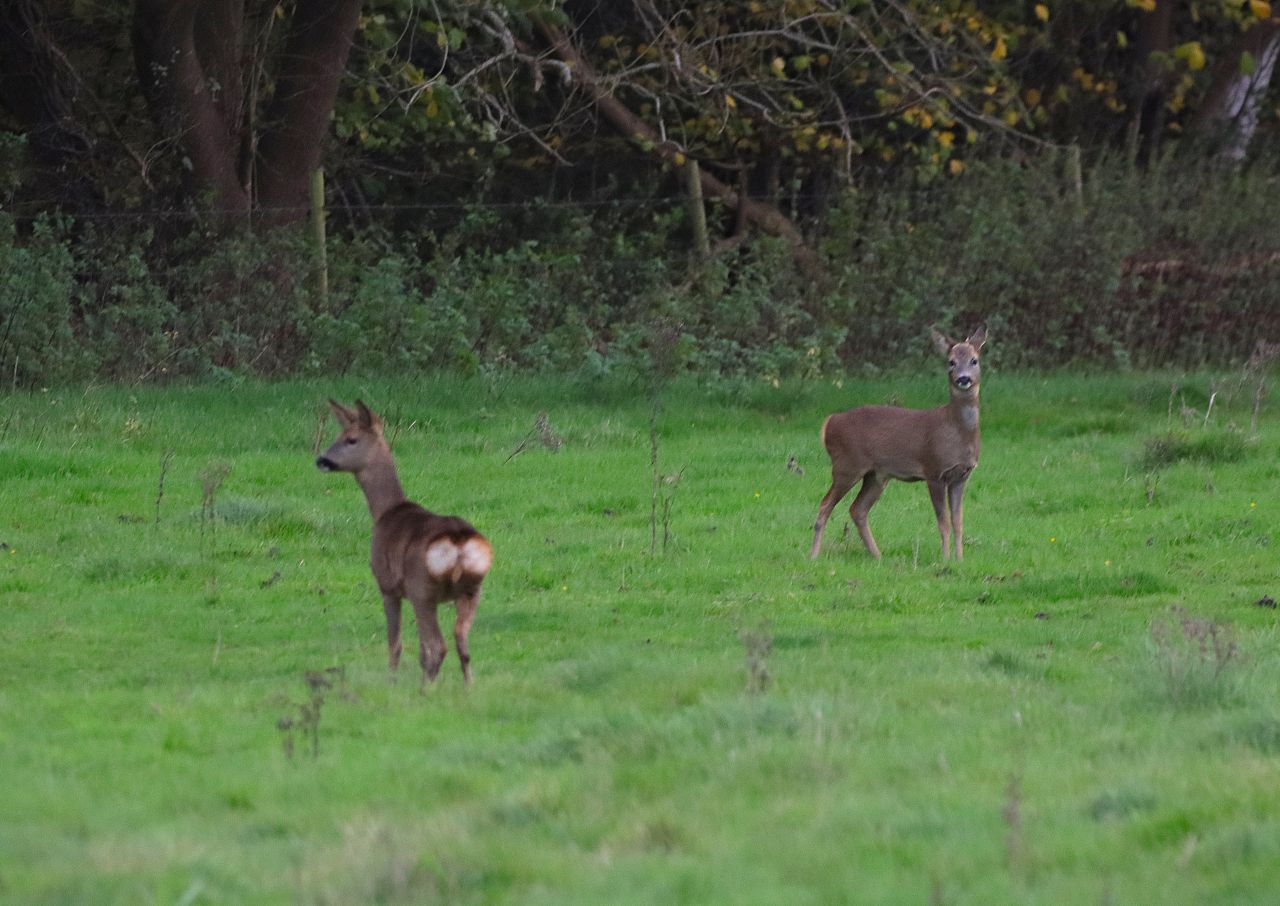
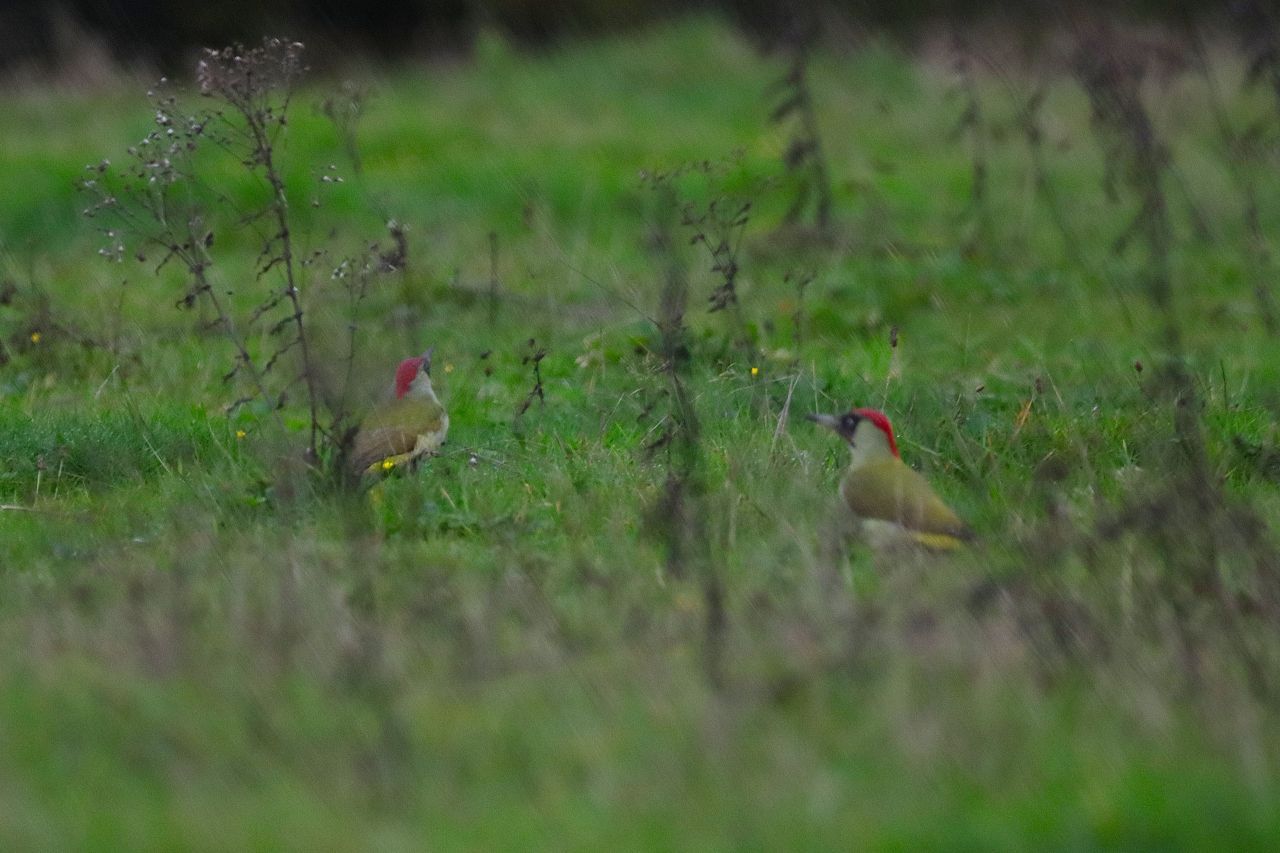








Susan Smith
November 18, 2024 at 10:08 pm
Lovely work under difficult conditions – well done Malcolm.
Michael Duff
November 19, 2024 at 10:11 am
Wonderful shots.Thank you.